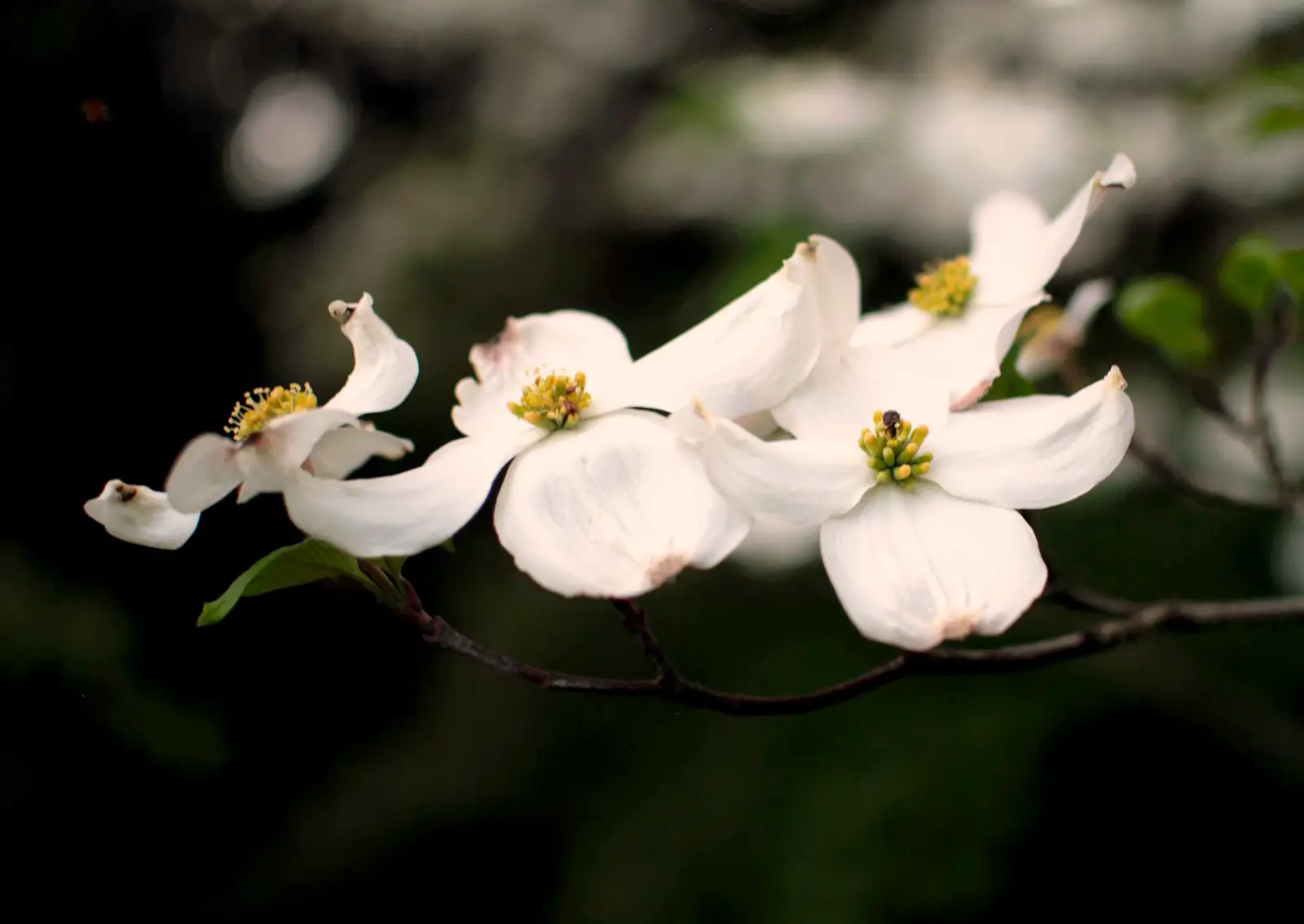Dogwood trees, belonging to the Cornus genus, are renowned for their stunning beauty and incredible versatility. These trees are known for their eye-catching blossoms, which typically bloom in spring, displaying beautiful white or pink bracts surrounding small, clustered yellow or green flowers. The rich green foliage turns a glorious shade of red or purple in the autumn, adding a pop of color to landscapes.
Native to North America, Europe, and Asia, Dogwood trees have been a garden favorite for generations. They are not only admired for their ornamental features but also appreciated for their hardy nature. With over 50 species, Dogwoods are found in various habitats ranging from woodland areas to suburban gardens. Whether growing as a tree or shrub, Dogwoods make an elegant statement in any setting.
In addition to their visual appeal, Dogwoods have cultural and ecological significance. They are often associated with symbolism and folklore in various cultures, and they play a crucial role in supporting wildlife, providing food and shelter to several bird species, and beneficial insects. With proper care and understanding, Dogwoods can be a delightful addition to landscapes and gardens.
| Attribute | Details |
|---|---|
| Common Names | Dogwood, Cornus |
| Botanical Name | Cornus spp. |
| Family | Cornaceae |
| Plant Type | Tree, shrub |
| Mature Size | 15-40 feet tall, 15-35 feet wide |
| Sun Exposure | Full sun to partial shade |
| Soil Type | Well-drained, moist soil |
| Hardiness Zones | 3-9 |
| Native Area | North America, Europe, Asia |
Dogwood Care
Dogwood care begins with selecting the right location and providing a proper growing environment. These trees thrive in well-drained soil with adequate moisture and prefer locations with access to full sun or partial shade. Dogwoods are adaptable to different soil types but flourish in slightly acidic to neutral soil.
While generally considered low-maintenance, Dogwoods do require regular watering, especially during dry spells. Mulching around the base of the tree helps retain moisture and keeps the roots cool. Occasional pruning is essential to maintain shape, and pest control may be necessary to keep the tree healthy and vibrant.
Light Requirement for Dogwood
Dogwoods flourish in full sun to partial shade. While they can tolerate varying light conditions, providing at least 4-6 hours of direct sunlight ensures optimal growth and flowering.
Soil Requirements for Dogwood
Dogwoods prefer well-drained, moist soil that is slightly acidic to neutral. While adaptable, they will thrive in loamy soil rich in organic matter.
Water Requirements for Dogwood
Regular watering is essential for Dogwoods, especially during dry periods. Ensure consistent moisture without overwatering, as waterlogged soil can lead to root rot.
Temperature and Humidity
Dogwoods are hardy and can tolerate a wide range of temperatures within their hardiness zones. They prefer moderate humidity and may require extra care in extremely dry or humid conditions.
Fertilizer
Fertilize Dogwoods with a balanced, slow-release fertilizer in early spring before new growth begins. Avoid over-fertilizing, as it can lead to excessive growth and weaken the tree.
Pruning Dogwood
Prune Dogwood in late winter or early spring to remove dead or damaged branches and maintain shape. Avoid heavy pruning, as it can stress the tree.
Propagating Dogwood
Dogwoods can be propagated through stem cuttings, root cuttings, or seed. Stem cuttings are typically the most common method.
How To Grow Dogwood From Seed
Growing Dogwood from seed is a lengthy process that requires stratification. Seeds should be sown in well-prepared soil and kept in a cold environment for about 3-4 months before planting.
Common Pests & Plant Diseases
Dogwood Borer
The most common pest, controlled through proper pruning and care.
Powdery Mildew
A common disease that can be managed with appropriate fungicides.
Common Problems With Dogwood
Leaf Spotting
This may indicate a fungal infection and can be treated with fungicides.
Yellowing Leaves
Often caused by overwatering or poor drainage. Check soil conditions and adjust watering accordingly.
Pro Tips
- Plant Dogwoods in a location protected from harsh winds to prevent limb damage.
- Use mulch to retain moisture and regulate soil temperature.
- Monitor regularly for signs of pests and diseases to catch problems early.
- Consider the specific needs of the Dogwood species you are growing, as care can vary.



